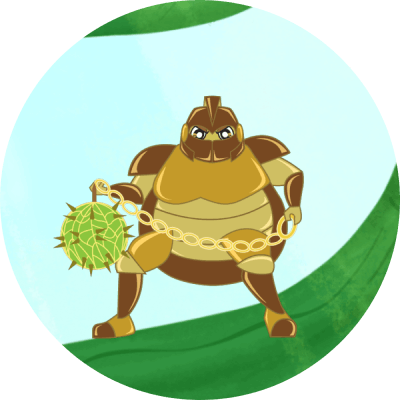


Ladybug
Ladybugs, lady beetles (Hippodamia convergens) are natural enemies of many insect pests in your garden. They are the most popular and widely used beneficial insects for commercial and home use.
Ladybugs are capable of consuming up to 50 to 60 aphids per day.
A single ladybug may consume as many as 5,000 aphids in its lifetime.
Ladybugs also eat a variety of other insects and larvae including scales, mealy bugs, leafhoppers, mites, and various types of soft-bodied insects.

Orius
Pirate bugs Orius appear to have preferences for particular prey, they are general predators and will consume a variety of pests including mites, thrips, aphids, and small caterpillars.
The pirate bug Orius seems the most voracious beneficial against thrips. It is the only predator that also attacks adult thrips
Hypoasips
Hypoaspis miles (Stratiolaelaps scimitus) feed upon small, soil inhabiting insects, mites, and all stages of springtails.
Hypoaspis are used primarily for control of fungus gnats, but they also help with western flower thrips control.


Nesidiocoris
The bright green mirid bug Nesidiocoris tenuis. Efficiently beneficial against various pests. They are mainly found in the heads of the plant.
Nesidiocoris eats the eggs and larvae of greenhouse and tobacco whitefly, against whitefly, eats the eggs of the South American leafminer Tuta absoluta, spider mites, moth eggs and aphids.
Californicus
Californicus (Neoseiulus californicus) are aggressive and robust predatory mites. They feed on a range of pest mites, other small invertebrates and pollen. Adults can consume 5 adult spider mites per day.
They survive well at low prey densities due to their ability to use alternate prey and pollen as a food source.


Cucumeris
Amblyseius Swirskii and Cucumeris is the preferred predator for thrips control. They are tan colored mites found on the underside of leaves along the viens or inside mature flowers.
These mites are most effective at preventing thrips build-up when applied early in the growing season at the first sign of thrips.

T. Lailae
The mite is closely related to T.limonicus, an important predator used in Europe for thrips and whitefly control in greenhouse vegetables, flowers and ornamental crops.
Persimilis
Persimilis (Phytoseiulus persimilis) are predatory mites that feed on two- spotted spider mite (TSM) and other spider mite species. Persimilis provide excellent control of these pests in a wide range of crops and they are among the most widely used biocontrol agents globally.
Adult Persimilis feed on all stages of spider mites, eating up to 20 young or 7 adult spider mites per day.

Doreenae
Doreen (Typhlodromus doreenae) is an Australian native predatory mite which has been shown to feed on Rust mite, Bud mite, Blister mite and Bunch mites in wine grapes, Bryobia mites in almonds and pomefruit, and other eriophyid mites in a range of crops.










